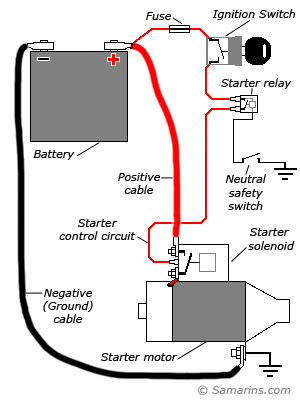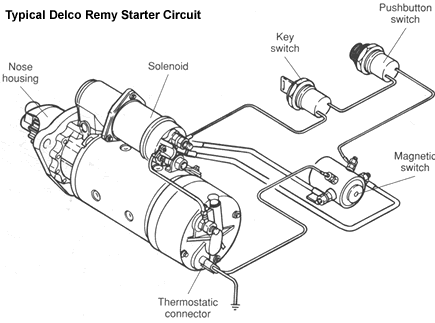henryj2
Veteran Member
We have a 1978 '44 Gulfstar twin engine Perkins. Recently starboard starter circuit breaker blows whenever starboard engine started. Will not restart until circuit breaker re-set by hand. Our mechanic has traced every wire, replaced starter, solenoid, disconnected every related electric device, reset breaker both with engine running and not running but no luck, start engine, breaker blows. Any ideas?
Thanks for all (or any) suggestions.
Jim H.
Thanks for all (or any) suggestions.
Jim H.




